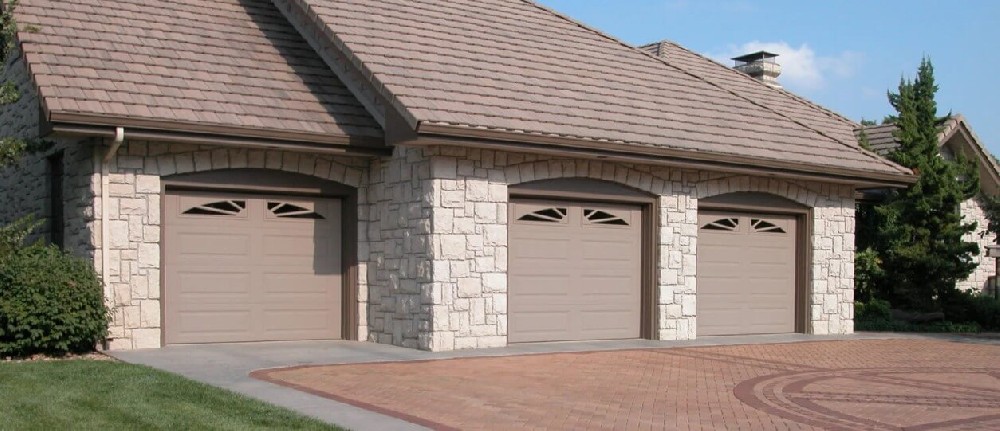Navigation Menu
Contact Us
- Email:
- info@wxavatar.com
- Address:
- Yurong Village, Yuqi Street, Huishan District, Wuxi, China.
Release Date:Mar 10, 2025 Visit:54 Source:Roll Forming Machine Factory
Garage doors are an essential component of modern homes, providing security, insulation, and aesthetic appeal. Understanding how garage door manufacturers produce these vital structures can help homeowners appreciate the craftsmanship and technology involved. This article delves into the manufacturing process of garage doors, highlighting the steps and materials used by leading garage door manufacturers.
1. Design and Engineering
The manufacturing process begins with design and engineering. Garage door manufacturers use advanced software to create detailed blueprints that meet specific customer requirements and industry standards. This stage involves selecting materials, determining dimensions, and incorporating features like insulation, windows, and decorative elements.
2. Material Selection
The choice of materials is crucial in garage door manufacturing. Common materials include:
Steel: Known for its durability and low maintenance.
Aluminum: Lightweight and resistant to corrosion.
Wood: Offers a classic, natural look but requires more upkeep.
Fiberglass and Composite: Provide the appearance of wood with enhanced durability and minimal maintenance.
3. Cutting and Shaping
Once the materials are selected, they are cut and shaped according to the design specifications. Garage door manufacturers use precision machinery to ensure accurate cuts and consistent quality. For steel and aluminum doors, this involves cutting sheets of metal into panels. Wood doors require cutting and shaping individual planks or panels.

4. Assembly of Panels
The cut materials are then assembled into door panels. This process varies depending on the type of door:
Sectional Doors: Made up of multiple horizontal panels connected by hinges.
Roll-Up Doors: Consist of slats that roll around a drum.
Swing-Out Doors: Comprise one or two large panels that swing outward.
5. Insulation
Many modern garage doors are insulated to improve energy efficiency. Garage door manufacturers add insulation materials like polystyrene or polyurethane between the door panels. This step enhances the door's thermal performance, making it more energy-efficient and quieter during operation.
6. Surface Treatment and Finishing
The assembled panels undergo surface treatment to enhance durability and appearance. This includes:
Priming and Painting: Applying a primer and multiple coats of paint to protect against rust and weathering.
Staining and Sealing: For wood doors, staining enhances the natural grain, and sealing protects against moisture and UV damage.
Powder Coating: A durable finish applied to metal doors for added protection and aesthetic appeal.
7. Hardware Installation
The next step involves installing hardware components such as hinges, rollers, tracks, and springs. Garage door manufacturers ensure that all hardware is securely attached and functions smoothly. This stage is critical for the door's operation and longevity.
8. Quality Control and Testing
Before leaving the factory, each garage door undergoes rigorous quality control and testing. Garage door manufacturers check for defects, ensure proper alignment, and test the door's operation. This step guarantees that the final product meets safety and performance standards.
9. Packaging and Shipping
Once the doors pass quality control, they are carefully packaged to prevent damage during transit. Garage door manufacturers then ship the doors to distributors, retailers, or directly to customers, ready for installation.
Conclusion
The manufacturing process of garage doors involves a combination of advanced technology, skilled craftsmanship, and high-quality materials. By understanding how garage door manufacturers produce these essential home components, homeowners can make informed decisions when selecting a garage door. Whether you prioritize durability, energy efficiency, or aesthetic appeal, knowing the intricacies of the manufacturing process ensures that you choose a door that meets your needs and enhances your home's functionality and curb appeal.